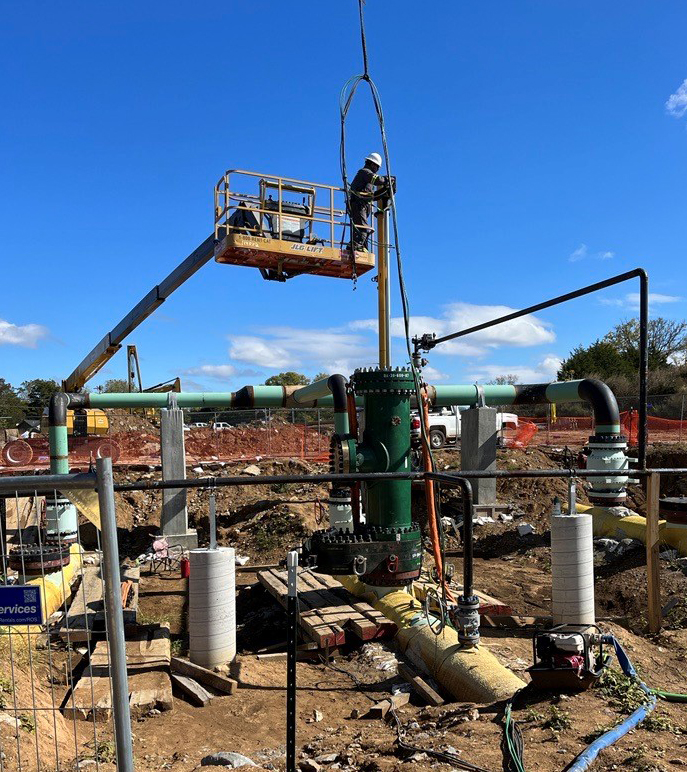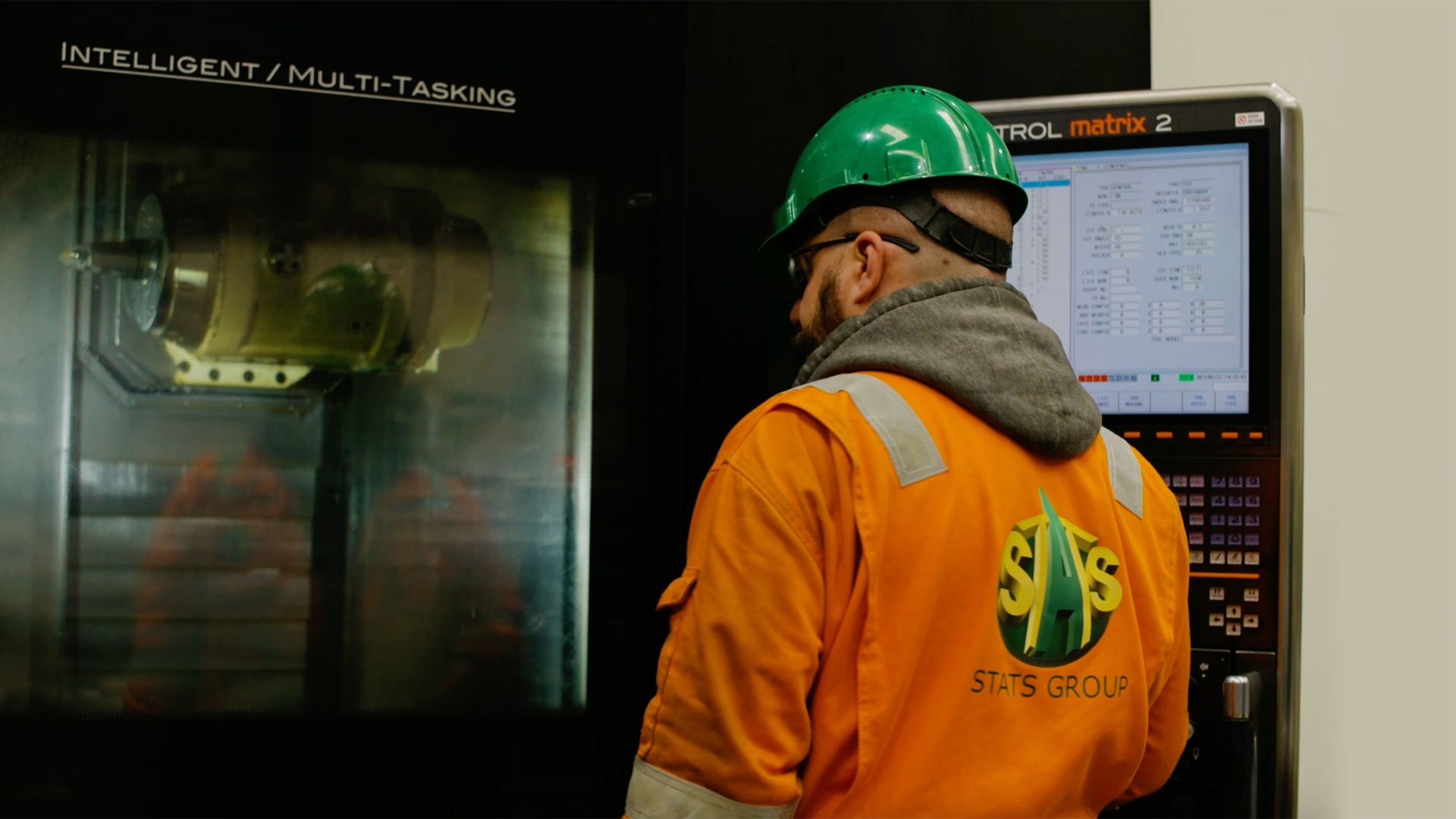Case Study
30” and 36” Hot Tapping and BISEP Isolation, USA
Tool - BISEP Plugging Tool, SureTap Hot Tap Machine
Location - USA


As the oil and gas industry transitions to a low carbon future the use of innovative technology to reduce emissions and ensure efficiency during maintenance and upgrade activities is vital. However, innovative technology is only half of the solution, it also requires pipeline owners and operators to embrace available technology and ensure internal processes allow new solutions to be validated and approved for use in the field in a timely manner.
So, when the innovation team at a major US operator required to isolate three natural gas pipelines (two 30” and one 36”) to allow a major upgrade, they approached it with an open mind and looked to the market for the latest technology. The assigned project team wanted to ensure the upgrade was conducted safely, while also reducing the venting and flaring of gas to the atmosphere to ensure emissions were significantly reduced or completely eliminated where possible.
Due to urban expansion, the natural gas pipelines originally laid nearly half a century ago needed to be upgraded to meet new U.S. DOT classification if it was to continue to operate and maintain the maximum allowable operating pressure ratings on the system. Failure to comply would mean reduced production resulting in a shortfall of supply to customers. In total, more than 10 miles of pipeline would need to be upgraded to thicker pipe with work required to be completed by spring 2023.
Due to the scale of the work involved the client opted to conduct upgrade works on each line in turn. To reduce construction activities and further optimise project schedules the team decided against taking each lines 15 mile valve segment out of service completely while the work was completed.
This is where STATS hot tap and line plugging technology, the BISEP, provided significant benefits to the project. The BISEP provides a temporary line isolation which offers the highest level of safety on the market, a fully tested and monitored double block and bleed isolation. To ensure production continued uninterrupted while sections of the pipeline was isolated bypass lines were installed, this allowed the client to divert its gas to other pipelines ensuring zero impact to throughput.
Once at the worksite and with the 36” pipeline exposed at the tie-in point, two 36” fittings were welded to the line to provide access points for the BISEPs. To maintain production throughout the isolation a fitting with a 24” branch was also welded to the line. This bypass was tied into a parallel 30” line and will remain on the line as a permanent feature once the upgrade activities are completed. Valves were installed to the fittings and using STATS proprietary SureTap hot tap drilling machine, access points were cut into the pressurised pipeline. With each of the hot taps completed and the pipe coupons recovered the valves were closed and the hot tap machine was removed. The BISEPs were then installed and deployed into the flowing line and hydraulically set. The simple hydraulic deployment of the BISEP ensures controlled setting of the dual elastomer seals and ensures a leak-tight isolation even in pitted or corroded pipelines. During isolation barrier proving, each seal is tested independently with full pipeline pressure in the direction of the expected pressure differential, proving both seals of the double block isolation are leak-tight. Following successful seal proving, the seal annulus void is vented, closed and monitored confirming isolation integrity throughout the isolation period.
With the pipeline successfully isolated the client innovation team called upon the cross-compression services of another service company to further enhance the project, this solution cut blowdown emissions to near zero while venting the pipeline down to less than one pound per square inch in tests for the client. This allowed the section between the BISEPs to be vented and the gas reinjected into the flowing pipeline.
Once the upgrade activities were completed the BISEPs were unset and recovered from the pipeline. STATS SureTap hot tap machine was then used to install completion plugs into the flanges of the fittings, allowing the valves to be removed and blind flanges installed onto the fittings. This procedure then took place on the two 30” pipelines.
The client’s approach to adopting innovative technology and collaboration enabled significant savings to be made by maintaining production, enhancing safety and eliminating the discharge of harmful emissions into the atmosphere. In addition, the team completed the replacement work and returned all three pipelines to full service ahead of the schedule.
Ryan Anderson, Business Development Manager at STATS Group said, “This project highlights the huge benefits operators can realise when they challenge the status quo and embrace innovative technologies to solve common issues. This complex project was successfully completed ahead of schedule, on budget and with zero safety incidents. Furthermore, the client was also able to achieve its sustainability goals by reducing blowdown emissions to near zero.”
